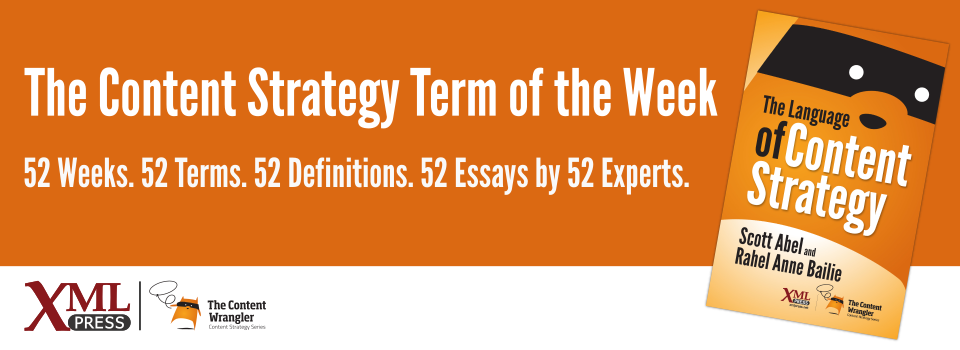What is it?
The analysis and planning to develop a repeatable system that governs the management of content throughout the entire content lifecycle.
Why is it important?
Provides context, so that the organization’s vision can be implemented in an integrated way, to meet business goals and project objectives.
Why does a content strategist need to know this?
Strategy is defined as “alternatives chosen to make happen a desired future, such as achievement of a goal or solution to a problem.” A content strategy, then, is the analysis phase of a business problem that determines how content can be improved, either on the editorial or technical sides, to contribute to corporate success.
To understand what content strategy is, we need to eliminate what it is not. A content strategy does not include activities that lead to project deliverables, such as an audit—those are tactical-level aspects of implementation. The strategy is the phase that comes before any of these activities, and it determines what activities are needed to achieve success.
Content strategy is the practice of helping organizations improve their content performance, primarily through the analysis of existing content problems and development of plans for improvement. A content strategy will assess an organization’s current state, understand the ideal future state, recognize where the gaps are, and develop an implementation roadmap.
The roadmap defines a content lifecycle specific to an organization’s needs, so that the content can meet business goals. Even when a project or contract addresses only a portion of the overall need, the strategy should be designed to allow future projects to become part of a unified strategy.


